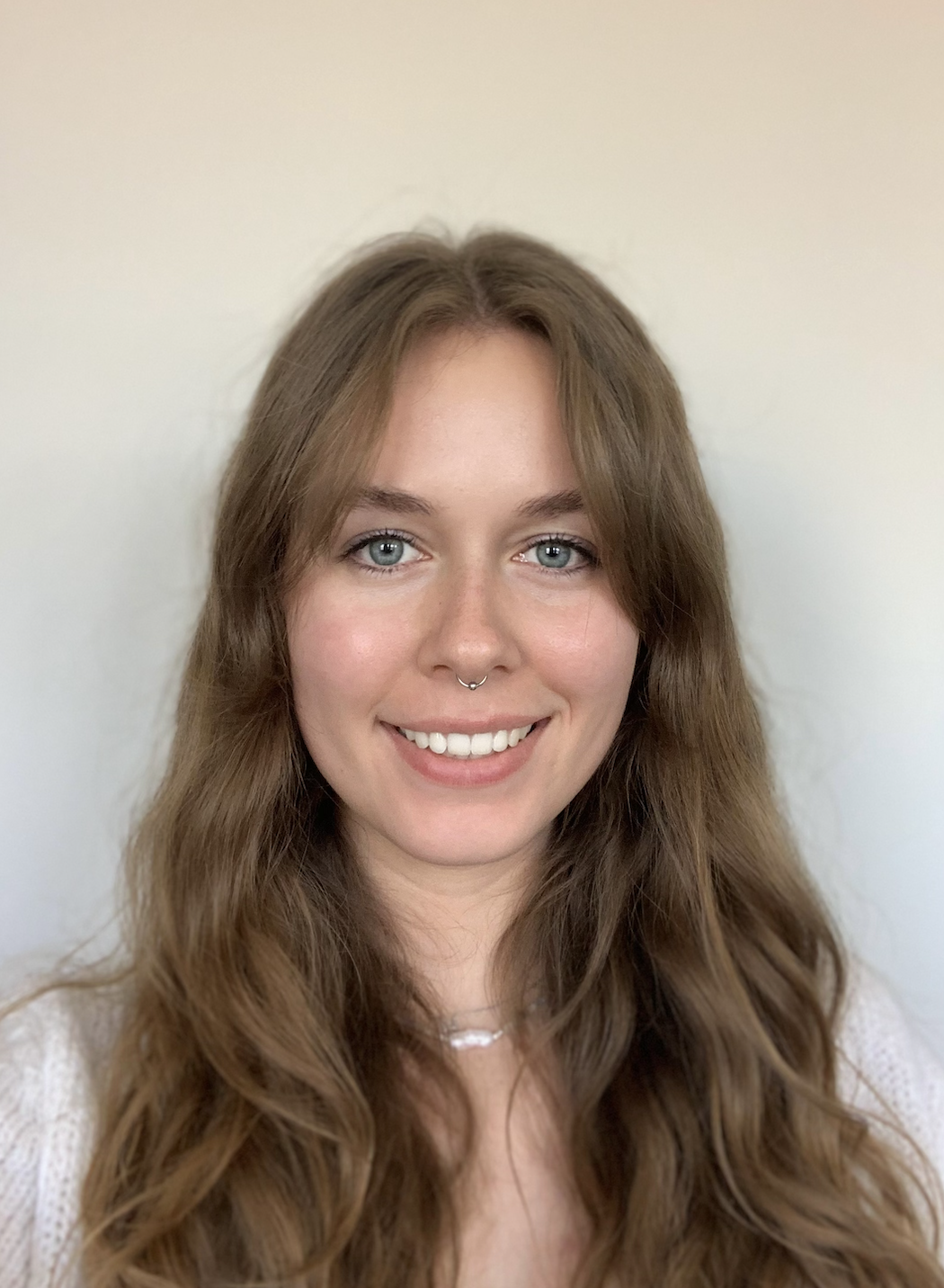
In recent years, historic house museums and sites have faced an ongoing struggle to capture the interest of younger generations and to build inclusive atmospheres that tell the stories that have shaped history. Historic house museums face many intrinsic difficulties, such as a lack of physical space, staff, and resources, often further hindered by outdated, and perhaps stale, interpretation practices. By analyzing the approaches taken by various examples of historic house museums, sites, and societies, both successful and unsuccessful, a clearer picture of what it will take to revive these unique spaces will emerge. Through this exploration, one can see that in order for historic house museums and sites to remain relevant and attract the attention and interest of America’s youth, they must address every angle of the narrative of American history, even its most painful realities, and implement modern best-practices and approaches to better establish connections with their audience. As museum professionals continue their work to build exhibits and gallery spaces based on representation and inclusion, it is imperative that historic house museums and sites are included in this effort. These valuable spaces have the ability to bring history to life for visitors, making them especially worthy of analysis and eventual improvement so that they may continue to serve as stewards of historical truths.